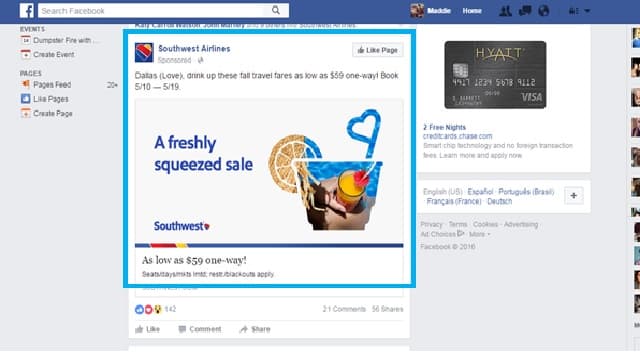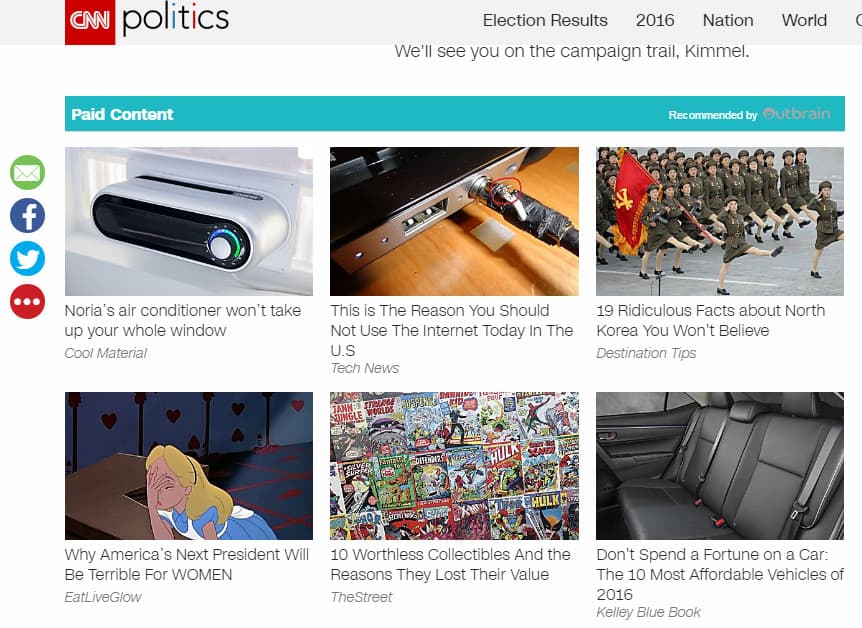Accessibility Tools
PMG Digital Made for Humans
Getting in the Native Habit
In the midst of buzzwords within the digital space, one that has been around for years but is constantly trying to be defined is native advertising. The word native has understandably caught the attention of advertisers, but do we even know what it truly means, or more importantly, how to define its success? Largely, native is known as an ad format that mimics the content of the page and becomes essentially sponsored content. This definition leaves the idea of native advertising to be elusive, and often times, many advertisers pigeon-hole themselves into one way of thinking about native, when in reality, it should be a multi-channel approach. Although there are many different types of native ads out there, below are a few of the formats we most commonly see:
Social
A huge portion of social distribution can be qualified at native content as you typically only notice it’s an ad by a “sponsored” or “presented by” notification. Being reliant on relevant social platforms, these formats continue to evolve with Facebook, Instagram and now Snapchat continually releasing new formats.

Paid Search
Yes, if you have never thought about it before, paid search is one of the oldest forms of native advertising as each year, the ads blend more and more with organic results.
In-Feed
In-Feed native units have been on the rise for the last couple of years, especially with partners such as Triplelift, Bidtellect and Sharethrough have made these creatively effective units scalable with premium publishers. The freedom of advertisers to drive to their own content or ever ecommerce pages along with the high-end feel of the units have made these desirable programs to test over the last few years.
Sponsored Content
With the rise of sites like Buzzfeed, custom sponsored content has been more prevalent than ever as more publishers are putting these units in more highly viewed placements. Unlike the in-feed units, these units typically link to articles or content within the publisher’s site to further allude to it being an organic recommendation for the product.
Recommendation Widget
With partners like Outbrain, advertisers are able to distribute their content on premium sites in a cost-efficient way. Most often, these programs are not linked directly to ecommerce pages and are bought on a CPC-based pricing model.

Stay in touch
Bringing news to you
Subscribe to our newsletter
By clicking and subscribing, you agree to our Terms of Service and Privacy Policy
With all of these types of native ad formats, how do we begin to measure their success? As of now, this typically defined by the advertiser and type of program, whether it be DR focused or more branding. Metrics such as video completions or CTR might make sense for certain campaigns, while some are solely focused on conversion driving. As so many advertisers are looking to test different types of native opportunities, especially with more newly released formats, it’s important to note that goals and a realistic idea of what the campaign will yield. Keep in mind when testing that an in-feed campaign might perform differently than a recommendation widget and should be launched with separate performance goals in mind. Now let’s go nuts with native!

